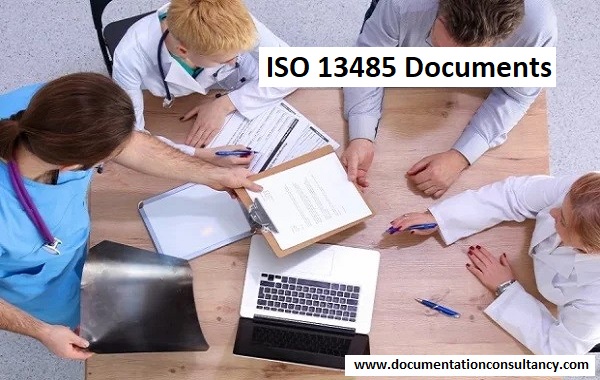ISO 13485 is a global standard for medical device quality management systems developed by the International Standards Organization. How do you manage your quality management system? If you are like the bulk of the medical device business, you most likely have a QMS that is a blend of paper-based processes and general-purpose tools, loosely kept together by a group of individuals within your company--typically document control.
It is significant since it is long delayed, with the previous version being released 13 years ago in 2003. ISO 13485:2016 functions primarily as a bridge. This means that this bridge explicitly outlines and defines current QMS expectations for medical device manufacturers. Before these variations were specified and documented in the standard, many of the best practices suggested and adopted were individual and frequently appeared to be based on auditor judgements.
ISO 13485 Documentation Requirements
ISO 13485 Documentation should focus on identifying processes and keeping the records necessary to demonstrate that these processes are being followed. ISO 13485 Documentation is essential for objective evidence. Objective evidence to support your staff in the design, development, manufacture, and support of medical devices. Objective proof showing that requirements are being met.
One of the most critical core parts of a QMS is to establish comprehensive, yet effective, document management processes for your company.
Quality Manual: Your quality manual plays an important role in your medical device quality management system. The most popular strategy for meeting ISO 13485 quality manual recommendations is to create a lengthy policy-level document that breaks down key portions of the standard and discusses how the medical device business tackles the clauses at a high level. This method is fine. Your quality manual must meet the following requirements:
- Describe the breadth of your Quality Management System. Include any clauses that are omitted or non-applicable, with justification.
- List or reference the procedures that comprise the QMS.
- Describe the interconnections among QMS processes.
- Describe the structure of QMS documentation.
Medical Device Files: Every medical device type or device family requires a medical device file including QMS procedures, SOPs, Exhibits, etc. ISO 13485 specifies that the contents of a medical device documented information should include:
- Description of the product, including its intended application and usage instructions.
- Product labelling and directions for use.
- Product requirements.
- Requirements and producers for production, inspection, labelling, packing, storage, handling, and distribution.
- Requirements for measurement and monitoring.
- Requirements and procedures methods (if applicable).
- Procedures for product service (if applicable).
Document Control: Document control is crucial for quality management. A document control procedure will specify your company's document control criteria. This includes ensuring documents are reviewed and approved before implementation, revising documents to identify changes, and making current versions available at the point of use.
Control of Records: Controls for records are comparable to those for documents. Furthermore, the distinction between a document and a record can be difficult to understand at times. Records provide proof that particular procedures have been followed. Additional record-related remarks appear throughout this book. The same criteria are used for evaluation and approval. However, most records are not versioned.


No comments yet